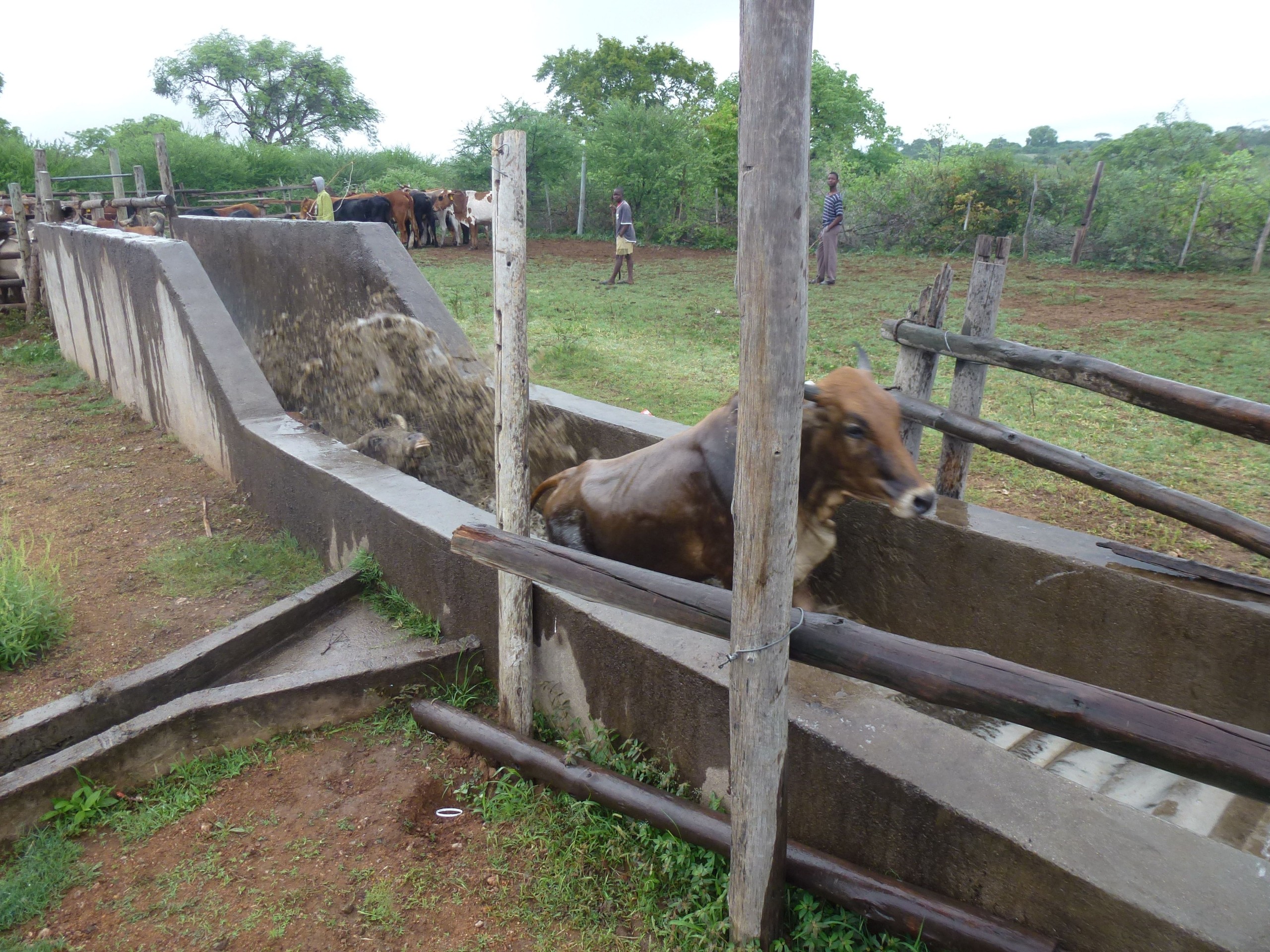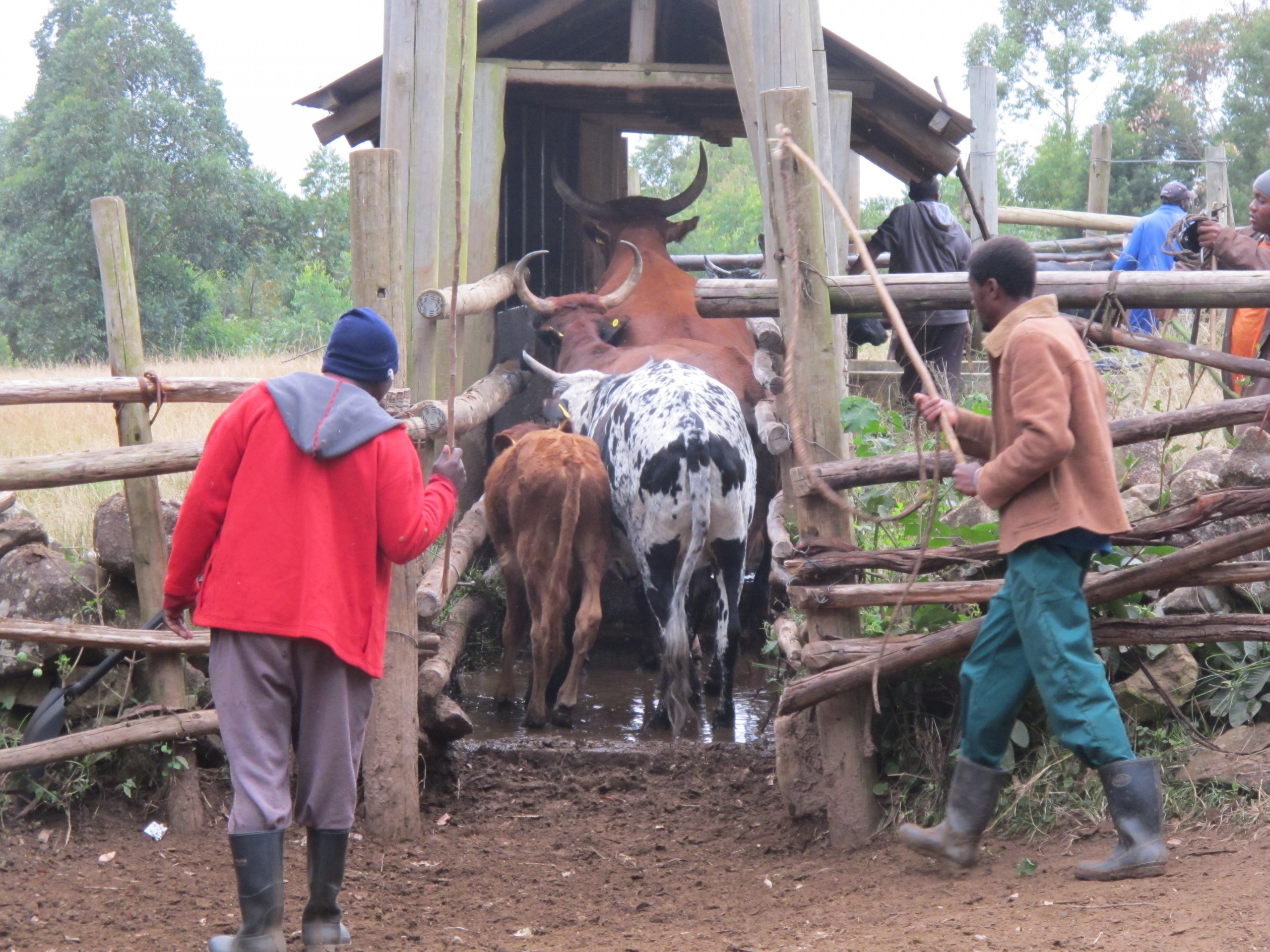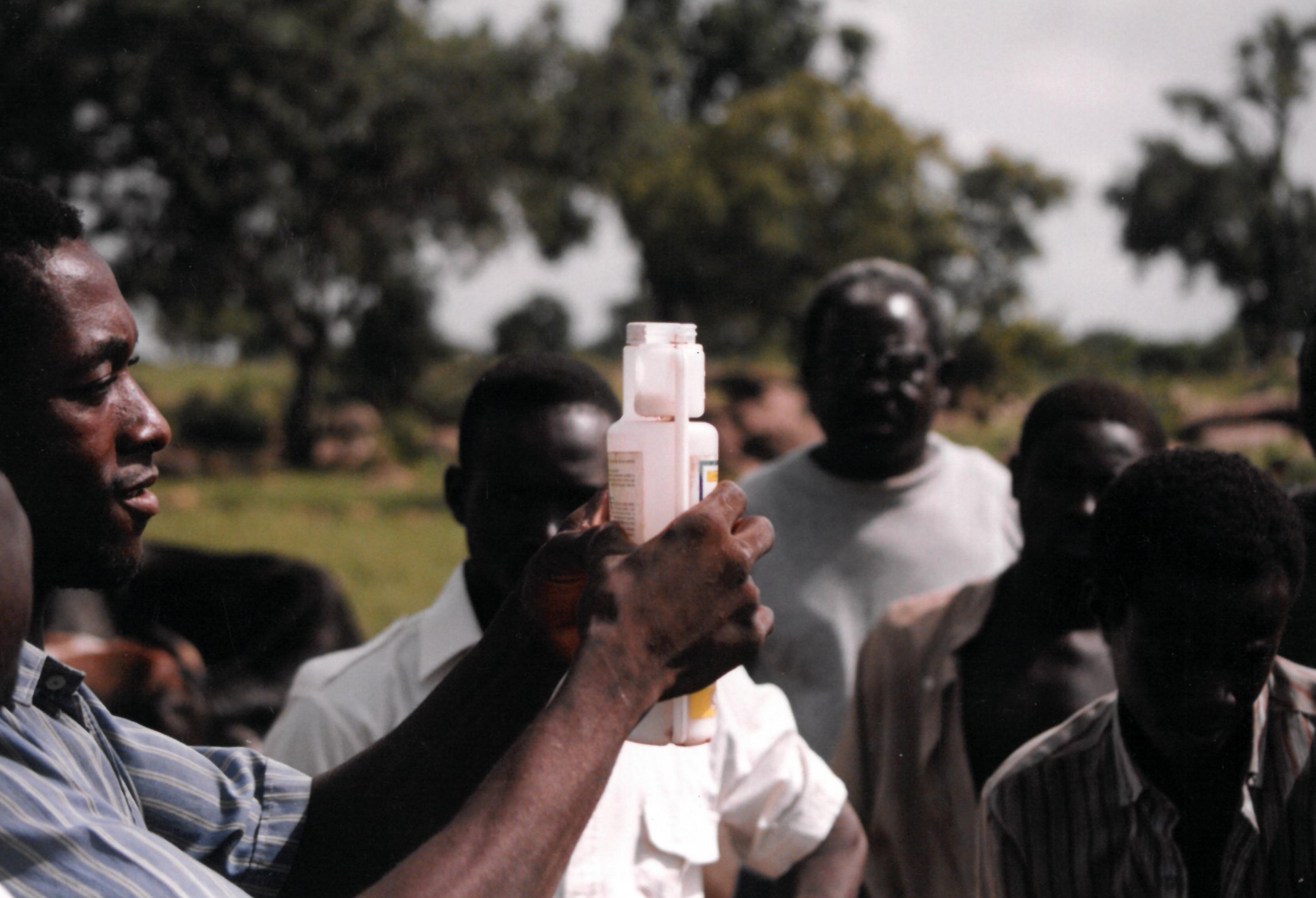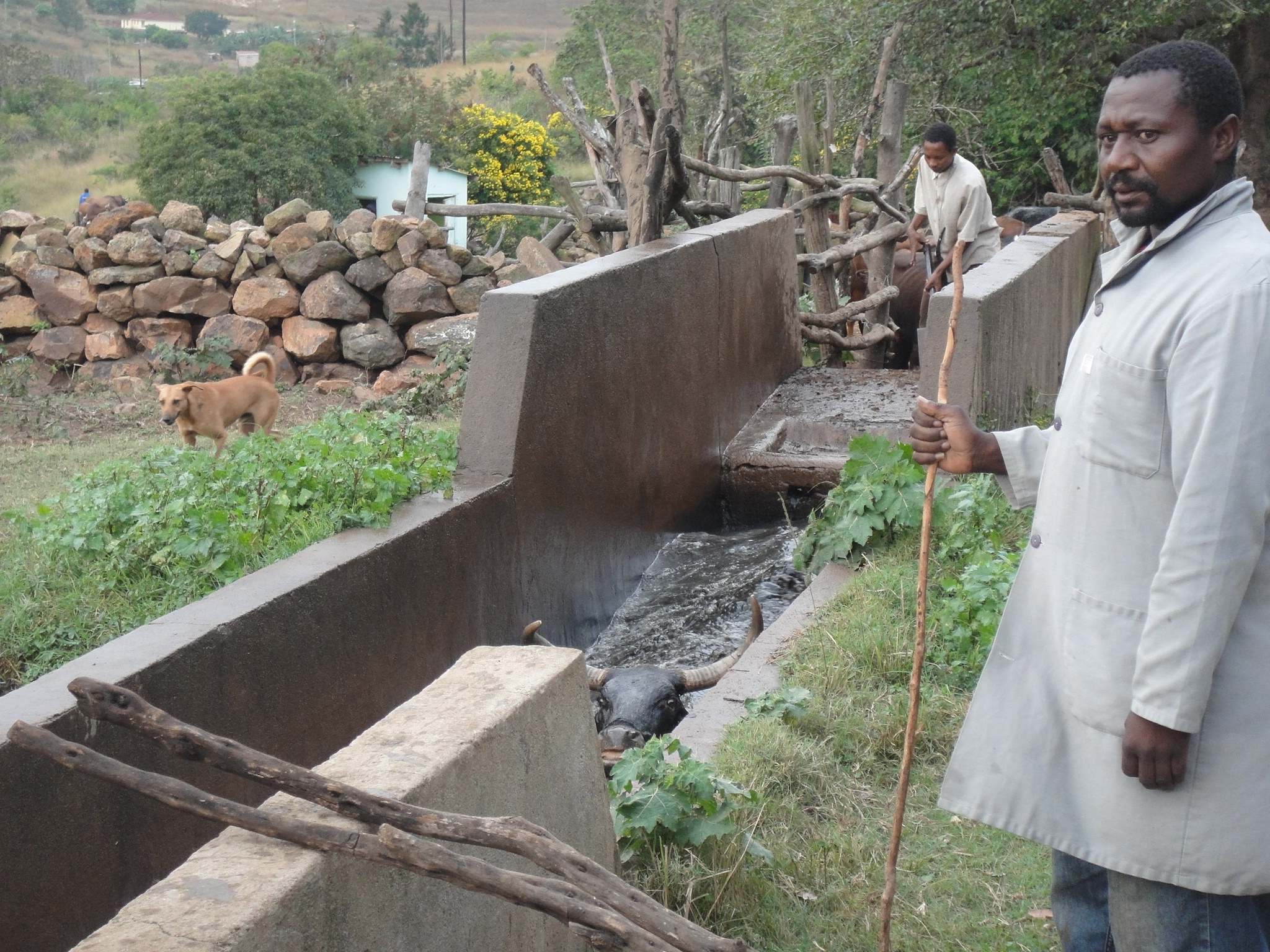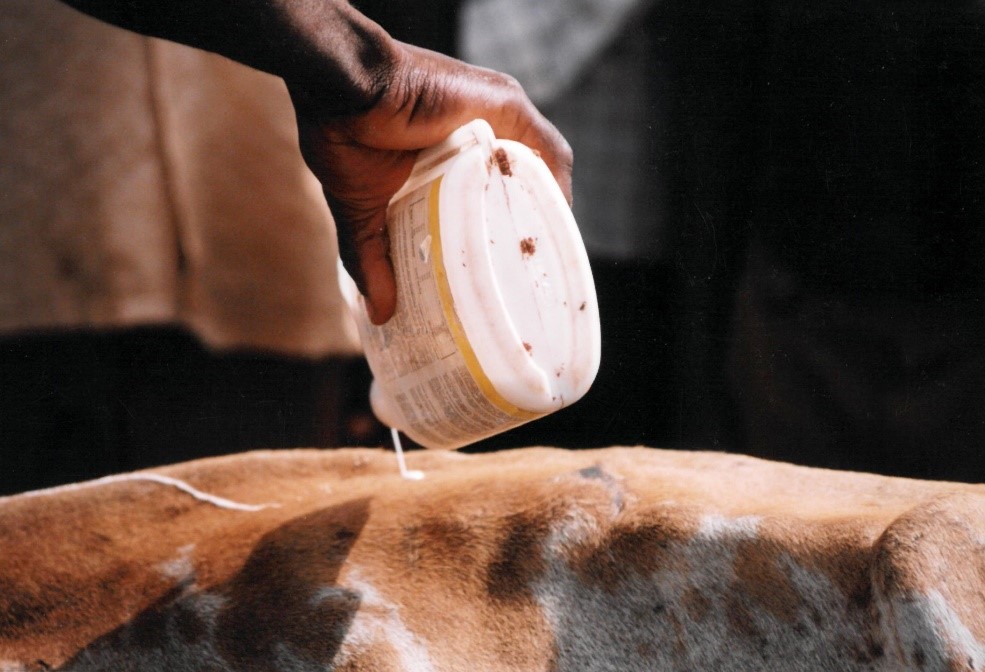
OIE conducted two surveys in the Africa region between 2020- 2021. A summary of the results received from countries included a survey on antiparasitic agents, resistance in terrestrial and aquatic animals and another survey on responsibilities for the prudent use of anthelmintics.
Anthelmintic Resistance
Responses identified that the status of anthelmintic resistance was largely unknown at both national (71%) and local (66%) levels. Similarly, most respondent countries had very little awareness or information available on anthelmintic resistance (60%) and indicated that veterinarians do not routinely undertake faecal egg count reduction tests (FECRT) to evaluate for anthelmintic resistance (80%).
Regarding the regulatory environment for anthelmintics, the responses were mostly positive, with most respondent countries indicating that registration practices are complete and that the competent authorities have put in place measures for regulating marketing, labelling and quality control of anthelmintics (73%). Most respondent countries have appropriate regulatory control systems in place to fight unauthorized production/importation (94%). The competent authorities in majority of respondent countries also require certificate of analysis (94%), and labels containing detailed description of product characteristics and instructions for correct use of anthelmintics before registering anthelmintics.
However, only about half of responses indicated that countries have access to quality control and assurance laboratory services (53%) and apply the existing guidelines established by International Cooperation on Harmonization of Technical Requirements for Registration of Veterinary Medicinal Products or VICH (47%). Drug withdrawal/withholding periods, regulatory surveillance of parasitic diseases, and pharmacovigilance are implemented by less than of half of the countries surveyed and anthelmintics are sold directly to farmers in most countries (65%). Additionally, anthelmintic drug containers lack label information on environmental protection in 47% of the countries.
A veterinary officer, training local vet paraprofessionals on use and administering antiparasitic agents
Although anthelmintics are sold directly to farmers in most countries, veterinarians are still key decision makers on anthelmintic use (87%). Most respondent countries reported that veterinarians advise farmers on animal health plans including parasite control (94%). Although most respondent countries have their veterinarians undertake and maintain training on the choice, use, and administration of anthelmintics (56%), many are in still in the process of building capacity (38%).
Only about half of respondent countries indicated that farmers had access to advice on correct use of anthelmintics (51%) and that products were appropriately stored.
Demonstration of use of pour-on in Togo. Picture (c) P. Bastiaensen (FAO) 1997
Respondents identified an important gap in the region’s veterinary capacity to detect and report pharmacovigilance breaches and anthelmintic resistance.
African countries are encouraged to continue with the regional -sub regional cooperation, take into account the existing VICH guidelines during the registration procedures concerning antiparastics drugs, establish and use the existing drug quality control/assurance laboratories as exemplified by the West African Economic and Monetary Union (UEMOA) which comprises of eight (8) States (Benin, Burkina Faso, Côte d’Ivoire, Guinea Bissau, Mali, Niger, Senegal, Togo) and the others in Southern Africa.
